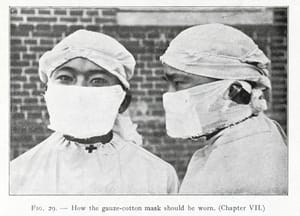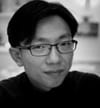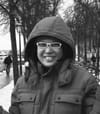I’VE HEARD OF many great people who contributed to the development of Malaysia and our region—from Mat Salleh’s rebellions against the British to Onn Jaafar’s struggle for Malayan independence, and from Sun Yat-sen’s trips to Nanyang to fund the Chinese Revolution, to the founder of Malaysia’s most vibrant urban centre, Kapitan Yap Ah Loy.
However, I had never heard of the contributions of Dr. Wu Lien-teh until I moved to Penang from East Malaysia. A brilliant Malaysian physician who played an instrumental role in modernising China’s and Malaysia’s healthcare, Wu Lien-teh saved Manchuria when it was hit by a deadly pneumonic plague in 1910. His work on the plague also contributed heavily to the development of many modern medical protocols.






